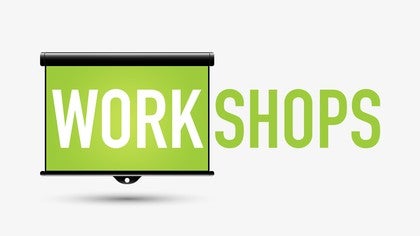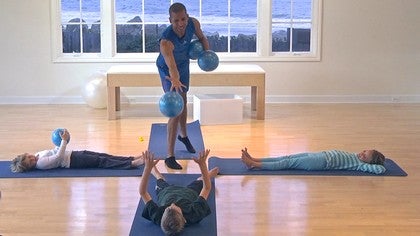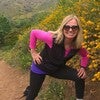Premium Continuing Education workshop
You can view a 2 minute preview. For details, scroll down below the video.
Description
The practical portion of the workshop is a "bed workout." In this extended workout, punctuated with good information, Lolita gives you an array of ideas to offer your clients when working with them in the studio.
About This Video
Continuing Education Credits
If you complete this workshop, you will earn:
3.0 credits from National Pilates Certification Program (NPCP)
The National Pilates Certification Program is accredited by the National Commission for Certifying Agencies (NCCA)
Workshops: Special Populations
Comments
You need to be a subscriber to post a comment.
Please Log In or Create an Account to start your free trial.

















